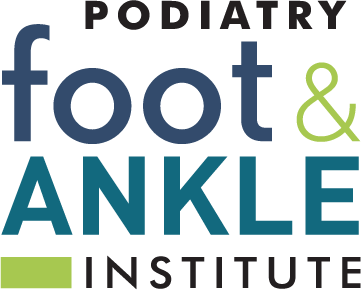Don’t Ignore The Two Leading Causes of Heel Pain
Heel pain is one of the top reasons people walk into a podiatry office, and its impact can be surprisingly disruptive. Whether you’re standing all day at work, training for a race, or simply wearing shoes that aren’t supporting your feet, the heel absorbs enormous pressure with every step. Over time, that strain can build into persistent discomfort that interferes with work, hobbies, and daily tasks.
Although heel pain has many possible causes, two conditions stand out as the most common culprits seen in podiatric clinics across the United States: plantar fasciitis and Achilles tendon disorders. Understanding how these conditions develop can help you catch early warning signs and seek treatment before the pain becomes chronic.
1. Plantar Fasciitis: The Leading Source of Morning Heel Pain
Over the past several years, plantar fasciitis has remained the number one cause of heel pain in adults. The plantar fascia is a strong band of tissue supporting your arch and acts like a built-in shock absorber. When it becomes overstretched from repetitive stress, long hours on hard surfaces, improper footwear, or tight calf muscles, microscopic tears can form.
A hallmark symptom reported during the last 3 years of clinical research and practice is “first-step pain” is that sharp, stabbing sensation in the heel when you get out of bed or stand after sitting. The pain may ease as you move around but typically returns after extended activity.
TREATMENT OF HEAL PAIN
Ignoring the early phase of plantar fasciitis is a mistake. The condition often progresses from intermittent discomfort to daily heel pain that limits walking, exercise, and even standing. Fortunately, when treated early, outcomes improve significantly with personalized therapies such as targeted stretching, orthotic support, shockwave therapy, laser therapy and activity modification which are all common components in modern podiatric care.
2. Achilles Tendon Disorders: A Growing Issue in Active Adults
Your Achilles tendon is the strongest tendon in your body, connecting the calf muscles to the back of the heel bone. Over the past few years, podiatrists have noted a rise in Achilles-related injuries due to increased sports participation, intense workouts, and tight posterior leg muscles, especially in people who suddenly increase their activity levels.
Achilles problems often begin subtly with stiffness or a dull ache above the heel. Without treatment, the tendon can develop inflammation, thickening, or small degenerative tears which is a condition known as Achilles tendinopathy.
In severe cases, a sudden pop or snap may signal a partial or full tendon rupture, which is considered a medical emergency. Patients usually describe immediate sharp pain and an inability to push off or walk normally.
Because Achilles issues can escalate quickly, prompt podiatric evaluation is essential. Modern treatment approaches may include gait analysis, ultrasound evaluation, advanced biologic therapies, tendon-specific rehabilitation plans, and custom footwear strategies.
At Podiatry Foot & Ankle Institute , Dr. Edward Harris and Dr. Adam Rozenstrauch, are experts in diagnosing and treating plantar fasciitis and other heel pain conditions. We are conveniently located in Hackensack, New Jersey, and we’re just a call away at (201) 488-3668 or schedule an appointment on-line.


